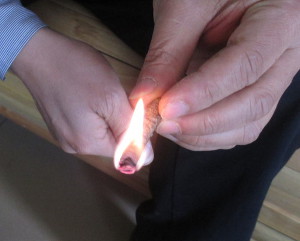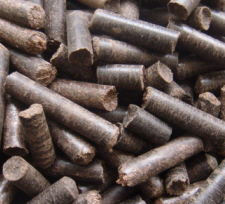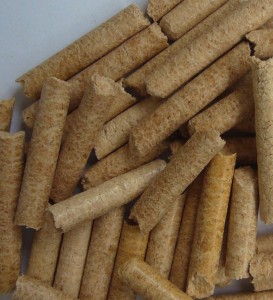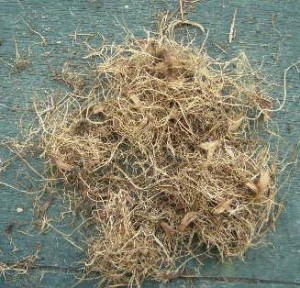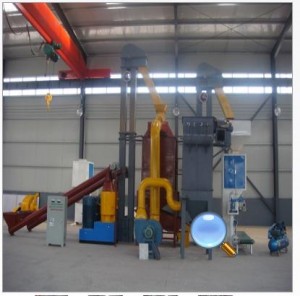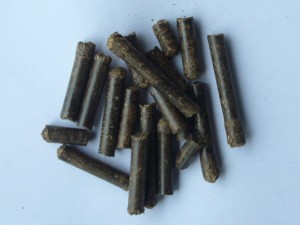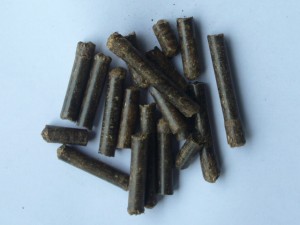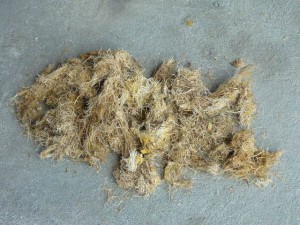Scientis and engineers have never stop looking for new substitution energy source, especially explore the possibility of renewable energy. Biomass is one of the renewable energy which has been widely promote and EFB pellet is one of the new commodity for biomass.
Not many people in the market aware about EFB pellet however they do aware of saw dust pellet or wood pellet which originate from discarded saw dust. The EFB fibre go through pelletize machine and process, the products becomes EFB pellet.
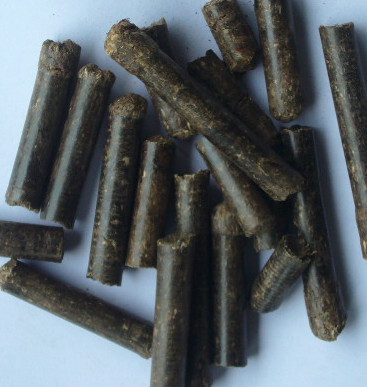
What is the advantages for EFB pellet?
EFB Pellet Generate Low to No Smoke during Burning Process
Smoke and fume discharge during the burning process is one of the key contributor for air pollution, however the EFB pellet will not generate smoke during the burning process. This is because the pellet is a dense and dry substance which will introduce full combustion without discharge smoke or fume.
EFB pellet is a Renewable Energy Source
EFB fibre is a renewable energy and same to EFB pellet which also made by the EFB fibre. More over, the pelletize process also involve eletric energy, hence the pellet shipping from a country to another country also imply the export of electric current.
Haven’t said that, Malaysia electric tariff is much lower than many other countries such as Japan & Korea. While exporting the Malaysia local made pellet to Japan also imply Japan is enjoying competitive electric tariff as in Malaysia.
EFB Pellet is Easy in Handling, Transportation and Storage
The 6 to 10mm diameter with length <30mm pellet will be packed in a jumbo bag. The small size and high density also ensure every jumbo bag could weight around 700kg per bag. The jumbo bag could be transfer from one place to other via truck or container without wasting too much empty space.
A 20 feet container is able to store around 28MT of EFB pellet. The jumbo bag could steadily pile up in the store for storage purpose. A 20ft container is able to store more EFB pellet than palm fibre briquette.
EFB Pellet Deliver Consistent Burning Efficiency
EFB pellet will be easily burn and fully converted to ash. The pellet which put into the biomass boiler grate will thoroughly combust. 6 to 10mm diameter pellet will ensure the inner core portion of the pellet fully burn and not left any uncombust portion. An EFB briquette may need to have dedicated inner hold design in order to promote the combustion process.
EFB Pellet is Turning Waste to Usable Energy
Malaysia is one of the country with many discarded Empty Fruit Bunch (EFB) with very minimum usage. Converting EFB fibre to EFB pellet has awarded Malaysia as one of the EFB pellet manufacturer. EFB pellet is one of the application to make full use of EFB fibre which initially with low to no use. The loose EFB fibre is thin and light which is not very favourable for generating heat.
EFB pellet is the compressed pellet from EFB fibre, it is a dense pellet which very suitable for combustion and heat retrieve. The smoke free during the combustion also means the EFB pellet is a good renerable energy source that will not not discharge airborne contaminant to the environment. By comparing between EFB pellet and coal, EFB pellet has much less particulate discharge during the combustion process.

